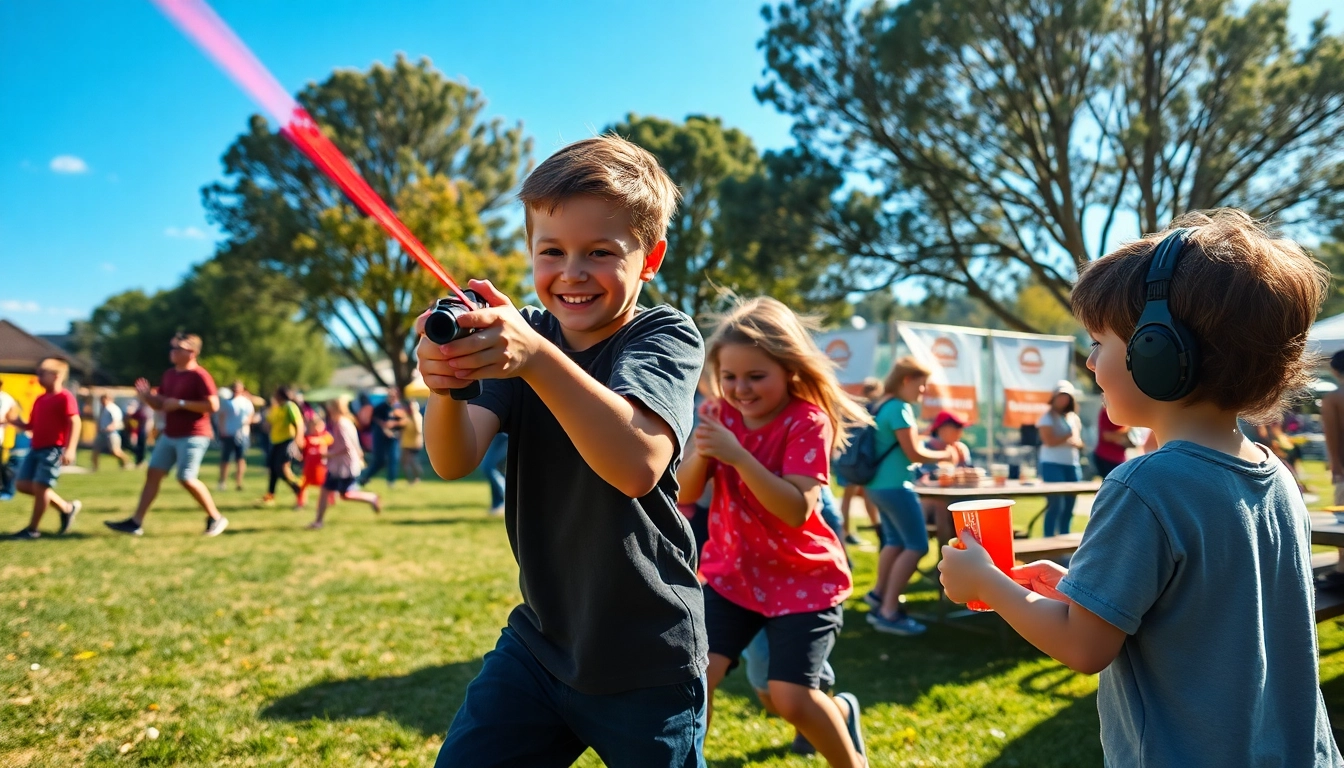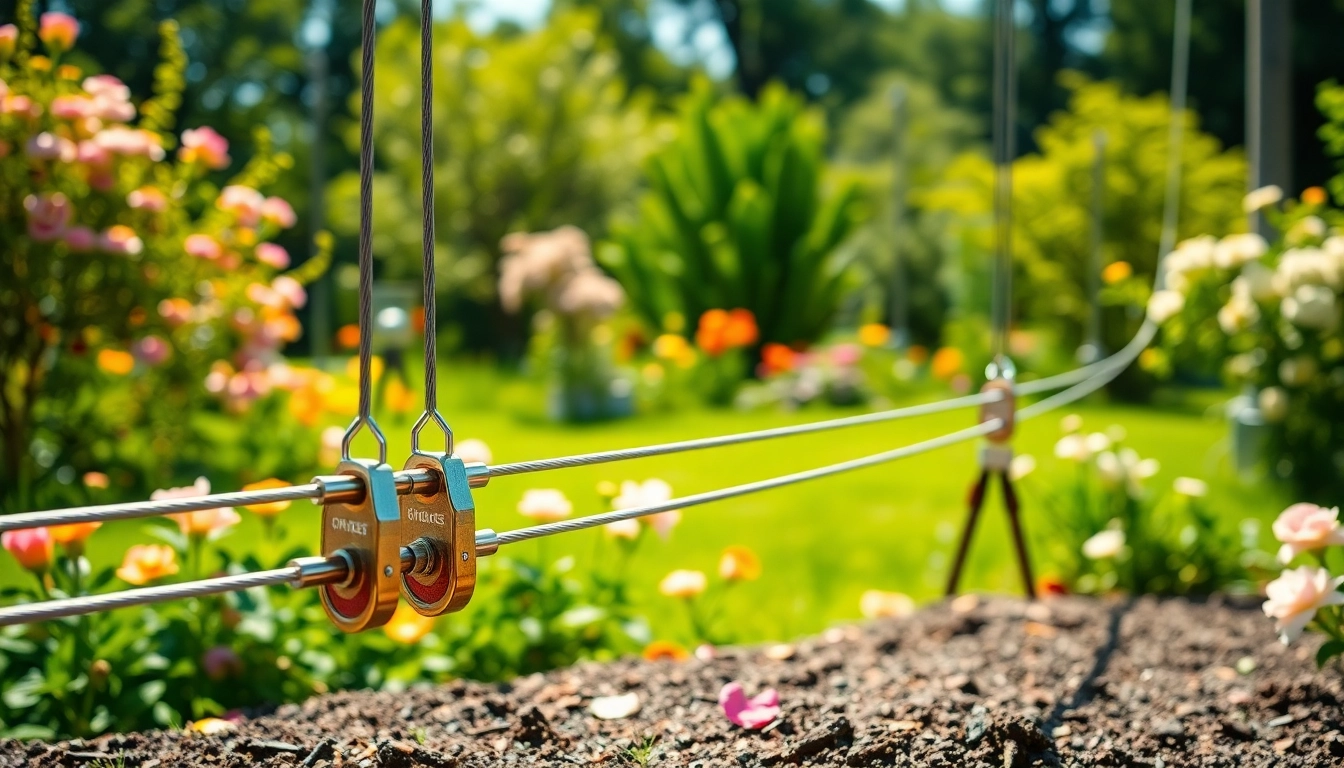
Understanding Communication in Relationships
Effective communication is critical to success in any relationship. It serves as the driving force behind connection, intimacy, and understanding between partners. Each conversation represents an opportunity to strengthen the emotional bond and establish lasting trust. When navigating the complexities of communication in relationships, it’s essential to recognize its pivotal role in fostering deeper connections. Engaging in open dialogue, being attentive, and actively listening catalyze the development of a more profound emotional connection. Furthermore, exploring the various facets of communication in relationships can enable individuals to nurture and enhance their interpersonal interactions.
What is Communication?
At its core, communication encompasses the process of sharing information, thoughts, and feelings between individuals. In the context of relationships, it includes verbal and non-verbal forms, such as spoken words, body language, facial expressions, and even silence. Effective communication goes beyond mere exchange; it is about understanding one another and responding empathetically. It serves as the foundation for expressing needs, resolving conflicts, and fostering emotional intimacy.
Role of Communication in Emotional Connection
Emotional connection represents the deep bond felt between partners. It is cultivated through shared experiences, vulnerability, and trust. Effective communication enhances this bond by allowing individuals to articulate their thoughts and feelings accurately. When partners communicate honestly and openly, they create a safe space for vulnerability, facilitating a deeper understanding of each other’s experiences and perspectives. This emotional transparency nurtures trust, enabling resolution of conflicts and fostering a greater sense of belonging.
Key Types of Communication in Relationships
Understanding the different types of communication within a relationship can help enhance interactions and mitigate misunderstandings. The primary types are:
- Verbal Communication: This encompasses spoken words and the tone used to express them. Clarity and tone significantly affect the message’s perception.
- Non-Verbal Communication: Body language, gestures, and facial expressions play a critical role in conveying emotions, often speaking louder than words.
- Written Communication: This includes texts, emails, and notes, serving as a way to articulate thoughts when face-to-face dialogue is not possible.
- Listening: An often-overlooked aspect, active listening is a vital part of communication, involving fully concentrating on what the other person is saying to respond appropriately.
Barriers to Effective Communication in Relationships
Common Communication Pitfalls
Despite the significance of communication, obstacles can hinder its effectiveness. Some common pitfalls include:
- Assumptions: Believing one knows what the other person feels or thinks can lead to misunderstandings and frustration.
- Interruptions: Cutting off partners mid-sentence affects the flow of conversation and may convey disrespect.
- Defensiveness: Taking criticism personally instead of as an opportunity for growth can shut down dialogue.
- Emotional Reactions: Allowing strong emotions such as anger or frustration to dominate conversations can lead to heated arguments rather than productive discussions.
How Misunderstandings Arise
Misunderstandings often stem from assumptions and the misinterpretation of words, actions, or feelings. Additionally, unique backgrounds, cultural differences, and individual experiences influence how messages are conveyed and received. What one partner may perceive as benign might resonate differently with another, leading to miscommunication.
Addressing Personal Barriers
Personal barriers such as low self-esteem, anxiety, or past traumas can impact how individuals express themselves and interpret their partner’s words. Recognizing these personal barriers is the first step in overcoming them. Engaging in self-reflection, seeking therapy, or participating in support groups can aid individuals in understanding their triggers and enhancing their communication skills.
Techniques for Enhancing Communication in Relationships
Active Listening Strategies
Active listening is crucial for effective communication. It ensures that both partners feel heard and understood, creating a space for genuine dialogue. Strategies for enhancing active listening skills include:
- Maintain eye contact to show attentiveness.
- Paraphrase what the other person has said to confirm understanding.
- Ask clarifying questions to gain deeper insights.
- Summarize points made once the speaker concludes to reinforce understanding.
Asking Open-Ended Questions
Open-ended questions encourage elaboration and help facilitate deeper discussions. Instead of asking questions that elicit a simple “yes” or “no” answer, aim for inquiries that require thoughtful responses. Examples include:
Nonverbal Communication Cues
Nonverbal cues significantly influence how messages are perceived. Awareness of body language, tone of voice, and even silence can enhance communication. Partners should observe each other’s non-verbal signals and align them with verbal messages, ensuring consistency and clarity. It is also essential to be conscious of one’s own non-verbal cues to avoid unintentional messages that can lead to confusion.
Communication in Conflict Resolution
Identifying Issues Before They Escalate
Proactive identification of issues can help mitigate conflicts before they escalate. Regularly checking in with one another about feelings and experiences promotes a harmonious environment. Techniques to improve this process include scheduling regular relationship check-ins and creating rituals that encourage honest conversation.
The Importance of Compromise
In any relationship, compromise is crucial. Both partners bringing their perspectives into negotiations can result in solutions that accommodate both parties’ needs. Approaching discussions with an open mind and a willingness to meet halfway lays the groundwork for healthy interactions.
Constructive Feedback Methods
Delivering feedback in a constructive manner can help reinforce positive behaviors and diminish misunderstandings. When giving feedback, consider the following methods:
- Focus on specific behaviors rather than general character traits.
- Use “I” statements to express feelings and perspectives without sounding accusatory.
- Avoid absolutes such as “always” or “never” as they can create defensiveness.
- Balance critique with positive affirmations that reinforce the partner’s strengths.
Long-Term Communication Strategies for Healthy Relationships
Regular Check-ins and Conversations
Scheduling regular check-ins fosters ongoing dialogue and prevents the accumulation of unresolved issues. These conversations should focus on feelings, desires, and feedback, strengthening the emotional connection and encouraging transparency.
Creating a Safe Space for Honesty
To foster honest communication, both partners need to create a safe environment free from judgment or hostility. Establishing ground rules that promote respect and empathy during discussions can lead to more productive dialogues, allowing both partners to open up and express authentic feelings.
Measuring Improvement in Communication
To ensure ongoing progress in communication, partners can engage in self-assessment and reflection after discussions. Asking questions like “How did that conversation go?” or “What could we do better next time?” can help identify areas for improvement and celebrate successes, reinforcing a culture of growth within the relationship.








